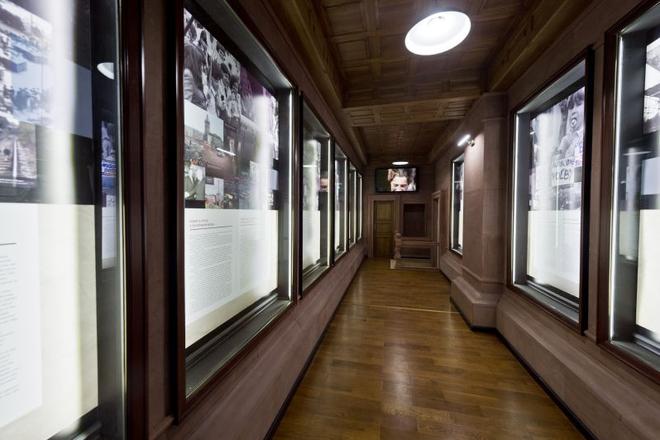THE 1989 revolution that toppled the communist regime in the former Czechoslovakia and brought freedom and democracy to the two countries that emerged after it split, the Czech Republic and Slovakia, is traditionally commemorated on November 17, when the first protests against the regime started.
It actually commemorates a chain of events that started with student protests and lasted for a couple of weeks, all of which led to the fall of communism in Czechoslovakia. This is known as the Velvet Revolution, as the transition of power was largely non-violent.
The celebrations of the 24th anniversary of the event included the opening of the Museum of November 17 in the Church of the Merciful Brothers in SNP Square in Bratislava. The exhibition presents on nine panels the course of the Velvet Revolution in Slovakia, from student protests to political. Part of the exhibition also introduces the personalities who helped the fall of communism. The collection was prepared by the staffers of the Nation’s Memory Institute (ÚPN) and initiated by independent MP Alojz Hlina.
“It is crucial to commemorate the events of November 17 and especially the victims of the former regime, as it is they to whom we can be thankful that after 40 years of bondage, our country was able to join the democratic states in Europe,” chairman of the ÚPN board Ondrej Krajňák told the TASR newswire. Most of the exhibition’s documents came from ÚPN archives.
“Some were also given by donors for such purposes or for book publications,” Krajňák added.
Currently, the 17 November Museum is a panel exhibition, but gradually, other artefacts are to be added. The opening of the museum was part of the 3rd year of the Freedom Festival, which was prepared by the ÚPN on the occasion of the Day of the Fight for Freedom and Democracy.



 (source: TASR)
(source: TASR)